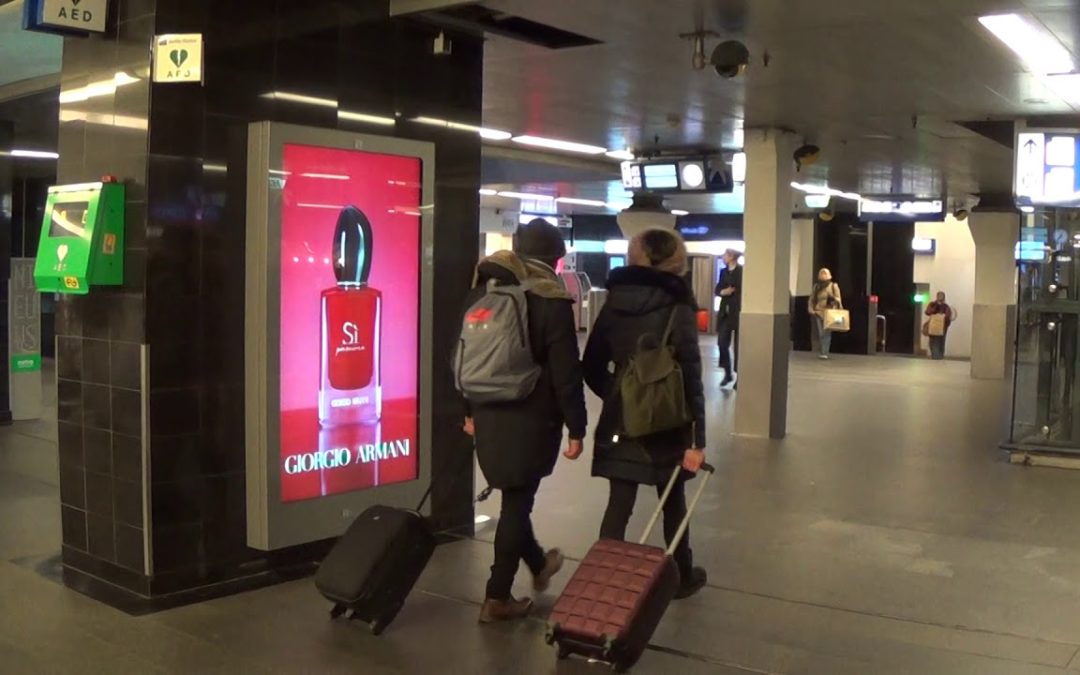[featured-video-plus]
The analog city light posters are superior to their predecessors “paper” by their brilliance for years. Backlighting achieves far more eye contact than non-illuminated or illuminated billboards.
The next milestone in the evolution of the city light poster is the digitalization and the associated technical possibilities. Especially for young target groups, moving images have a much more intensive effect than still images. But even people outside the target group cannot escape the video film: The eye automatically wanders there.
The mere reaching of the target group was yesterday, tomorrow digital posters can do much more. We are working at full speed on the next milestones.
For example interface design – modern face recognition
At the end of 2014, students of the Swedish media school Hyper Island demonstrated with a prototype for the Rijksmuseum in Amsterdam what graphic artists and technicians can do in the future. They linked the programming interface of the museum archive with a facial recognition program of the Dutch company Sightcorp. A young audience should be introduced to old master art from the museum, ideally by installing the system in digital city light posters at bus stops. The goal was to show the viewer the motif from the museum that fits his mood, gender and age.
The New Currency: The Eye Contact
What is already happening on the Internet in the background in terms of “traffic tracking” and “sentiment analysis” will expand to the physical world of digital media in the foreseeable future. What exactly is the viewer looking at? Combined with interface design, this makes it possible in principle to deliver and bill advertising to specific target groups without wastage. The British company Amscreen is a pioneer in this field. In the UK alone, Amscreen operates over 4,000 digital posters, mainly in supermarkets, railway station bookstores, petrol stations and doctors’ waiting rooms. There, the faces of the waiting people are evaluated in real time. If necessary, the design of the current campaign can be optimized to increase attention in the desired target group. Advertisers only pay for eye contact. Click or look will soon be a currency.
We look – the advertising looks back. And our face becomes the interface with which we step into another level of interaction, intentionally or unintentionally.

